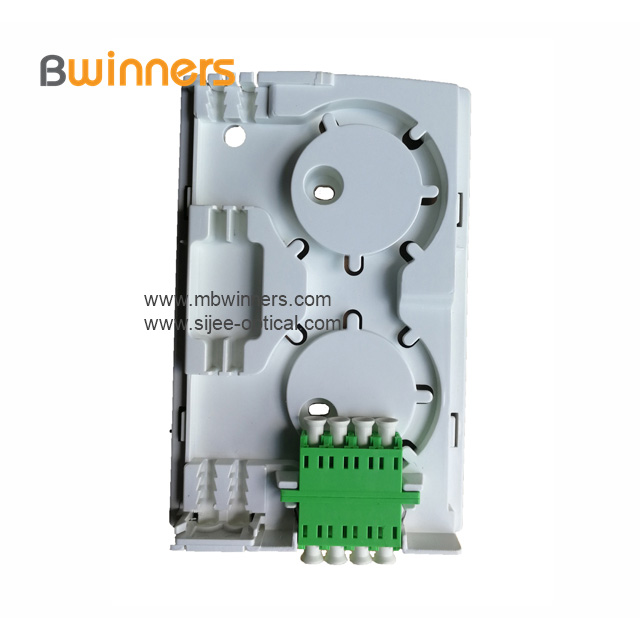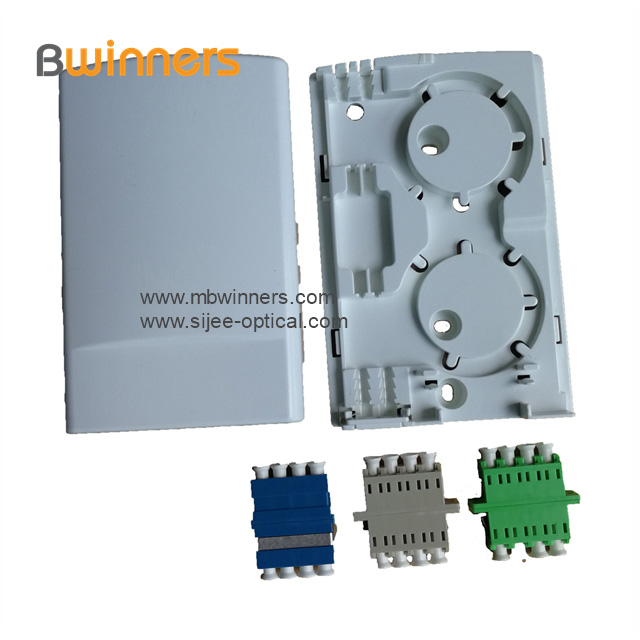Each musical instrument has its own unique frequency spectrum and timbre. In order to improve the ability of music appreciation, it is necessary to make more listening comparisons, that is, when playing a music, the timbre emitted by the speaker system is different from the timbre played by the actual instrument. How much. In order to compare hearing, we should first understand some concepts of electroacoustic terms, the auditory characteristics of the human ear and the main technical parameters of audio equipment.
1. Explanation of some electroacoustic terms
1. Pure tone: It has two meanings: (1) refers to the sound wave whose instantaneous sound pressure changes sinusoidally with time; (2) refers to the sound with a clear single tone.
2. Pitch: refers to the lowest frequency component of the composite sound.
3. Overtone: The component of the composite sound whose frequency is higher than the fundamental sound. The frequency may or may not be an integral multiple of the fundamental sound frequency. Various musical instruments can produce overtone components with different amounts and strengths by using different playing methods, even if the fundamental notes are the same, they can also have different timbre.
4. Acoustic wave: a mechanical wave propagating in an elastic medium, which originates from the vibration of a sounding body. The range of sound waves is 20Hz-20KHz. Sound waves with a frequency higher than 20KHz are ultrasonic waves. Sound waves with a frequency lower than 20Hz are infrasound waves. Ultrasound waves and infrasound waves generally cannot cause hearing. Only sound waves with a frequency between the two can be heard. We can listen. The sound waves received are called sound waves or audible sounds.
5. Sound field: refers to the area where sound waves exist in the medium. Different sound sources and environments can form different sound fields.
6. Loudness: Also known as "volume", the human ear's feeling of the volume. Depends on sound intensity, frequency and waveform.
7. Timbre: It is also called "tone", which is mainly determined by the number of harmonics and the relative amplitude of each harmonic.
2. Hearing characteristics of the human ear
The sensitivity of the human ear to the orientation, loudness, pitch and timbre of the sound is different, and there are large differences.
1. Sense of orientation: The human ear has a strong ability to distinguish the direction and distance of sound propagation and positioning. This auditory characteristic of the human ear is called "a sense of orientation".
2. Loudness: For small sounds, as long as the loudness is slightly increased, the human ear can feel it, but when the loudness of the sound is increased to a certain value, even if there is a larger increase, the human ear feels no obvious change . Usually, the audible sound is divided into 3 parts according to the frequency-doubling relationship to determine the low, middle and high frequency segments. Namely: bass frequency band 20Hz-160Hz, middle frequency band 160Hz-2500Hz, high frequency band 2500Hz-20KHz.
3. Tone sensation: refers to a special comprehensive sense of hearing that the human ear has to tone.
4. Focusing effect: The auditory characteristics of the human ear can be focused to a certain point from many sounds. For example, when we listen to symphony, we focus our energy and hearing on the sound played by the violin, and the sound of music played by other instruments will be suppressed by the cerebral cortex, so that you can hear the sound of pure violin. This kind of suppression ability varies from person to person. People who often do hearing exercises have strong suppression ability. We call this hearing characteristic of the human ear the "focusing effect." Doing more exercise in this area can improve the ability of human ear hearing to distinguish the timbre, quality, resolution and level of a certain spectrum.
3. The main technical indicators that affect the sound quality and timbre
1. Frequency range (in Hz): the working frequency bandwidth of the power amplifier under the condition of specified distortion and rated output power, that is, the range between the lowest operating frequency and the highest operating frequency of the power amplifier.
2. Frequency response (unit: decibel dB): the phenomenon that the output gain of the power amplifier increases or decreases with the change of the input signal frequency and the phase lag changes with the input signal frequency. This index is the most important basis for assessing the quality of the power amplifier. The smaller the decibel value, the flatter the frequency response curve of the power amplifier, the smaller the distortion, and the stronger the signal restoration and reproducibility. In addition to reproducing the rhythm of various musical instruments, a good set of audio equipment also needs to reproduce the position, distance and scene of various musical instruments. No matter what color tone or model you prefer, if the sound played is different from the sound played by the original instrument, it cannot be considered a good device. High-fidelity audio (Hi-Fi) really means high reduction. If your audio equipment can not restore the timbre of the original musical instrument, then it is not a high-fidelity equipment. When we use subjective hearing to judge a certain audio equipment, we should pay full attention to this point, and do not affect the improvement of correct judgment and identification ability due to personal preference.

Follow WeChat

Download Audiophile APP

Follow the audiophile class
related suggestion
Main characteristic parameters of antenna ...
The directional movement of current charge is called current. The current in the circuit is often expressed by I. The current is divided into DC and ...
1,...


